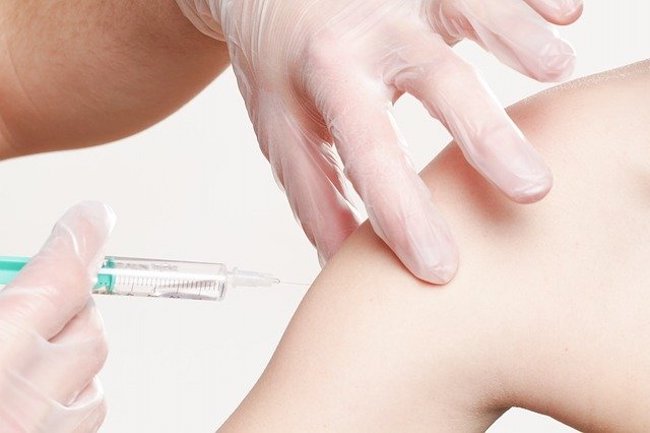The Pharma Loaded U.S. Soldier Part 1: Taking Inventory of Risks By Pam Long for Children’s Health Defense
Since 2001, the modern combatant has endured numerous deployments overseas to Afghanistan and Iraq after a decade of relative peace following the Persian Gulf War in 1990. Across all services, members have engaged in traumatic combat situations with enemy, friendly, and civilian casualties resulting in 13% of veterans diagnosed with Post Traumatic Stress Disorder (PTSD). [Citations referenced in this article are contained in the full report.]
Military personnel have returned from dangerous deployments to face both public scrutiny about disputed wars and personal struggles with recollections of harrowing ordeals. Military encounter barriers to therapeutic interventions, with a priority given to drug therapy. US military members are routinely taking up to 19 prescription medications to enhance performance and reduce stress.The collateral damage is that, when current active duty, reserve members, and the National Guard are included, 20 veterans die by suicide every day in the US.
Suicide Stats
The 2018 Department of Defense Suicide Report (DoDSER 2018) details 325 active duty suicides with an additional 1,375 suicide attempts by 1,219 unique individuals. The reserve component reported 81 suicides and the National Guard reported 135 suicides. The 2019 National Veterans Suicide Prevention Annual Report summarizes 6,139 veteran suicides in 2019. Veteran suicides have been increasing annually since 2006. The number of veteran suicides has exceeded 6,000 annually from 2008 to 2017. Military members and veterans have a higher risk of suicide than their civilian counterparts. Veterans ages 18-34 having the highest suicide rate among all military subgroups with an increase of 76% from 2005 to 2017.
Support Our Site

Now is your chance to support Gospel News Network.
We love helping others and believe that’s one of the reasons we are chosen as Ambassadors of the Kingdom, to serve God’s children. We look to the Greatest Commandment as our Powering force.
The two aforementioned reports have detailed the frequency, demographics, event characteristics, basic health information, contextual factors or stressors with each military suicide. These reports are intended for surveillance only and do not provide any analysis of causation.
| Table 1. Population by Rate of Suicide | |
| Population | Rate of Suicide |
| US Active Duty Military | 24.8 per 100,000 (2018) |
| US Reserve Military | 22.9 per 100,000 (2018) |
| US National Guard | 30.6 per 100,000 (2018) |
| US Civilians age 17-59 | 18.2 per 100,000 (2018) |
| US Veterans | 27.7 per 100,000 (2017) |
| US Veterans age 18-34 | 44.5 per 100,000 (2017) |
Behind the Numbers
Surprisingly, DoDSER 2018 reports that 47% of active duty suicides had zero deployments. The 2019 Veterans Suicide Prevention Annual Report indicates that 919 suicides were from never federally activated reserve units and National Guard. Hazardous duty is a co-factor in PTSD and suicides, but this high rate of military members who have never deployed indicates other potentially non-trauma factors are contributing to the suicide rate. What else is going on behind the numbers?
Age Risk & Suspect SSRIs
Veterans age 18-34 have the highest suicide rates at 45 per 100,000, while veterans age 55-74 had the lowest suicide rate at 27 per 100,000. Because younger veterans have a greater risk, other exposures should be investigated that older veterans do not have. One possibility is the increasing trend of military suicides in the US began in 2006 and is temporally correlated with the Pentagon’s 2006 policy that permitted and encouraged SSRI medications, discussed in America’s Medicated Army:




